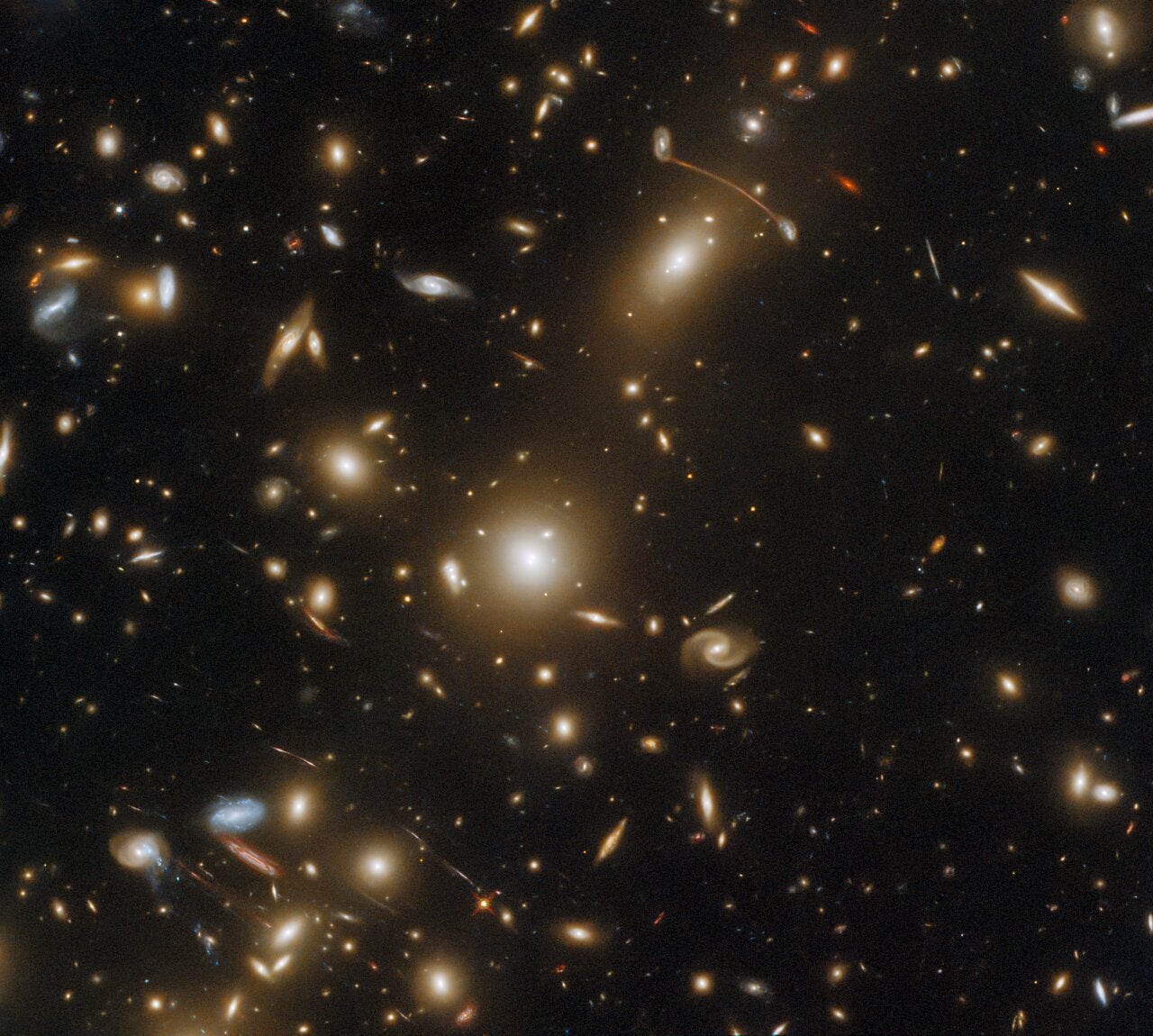Look: The Hubble telescope reveals of luminous sea of galaxies
Hubble beamed down another stunning image of some of the most distant galaxies in the universe.

While the world awaits the release of first images from the James Webb Space Telescope on 12 July, the Hubble Space Telescope is still producing stunning images of its own.
Images like this wide field view image of the galaxy cluster Abell 1351, which can be found 4 billion lights years away in the constellation Ursa Major. Hubble took the image using its Wide Field Camera , which is used for deep space survey’s such as the Hubble Ultra Deep Field, a record breaking image of some of the earliest galaxies in the Cosmos.
Like the ultra deep field image, almost every object seen in the image of Abell 1351 is a galaxy, including the long streaks of light — they are galaxies whose light has been stretched through a process known as gravitational lensing. In order to see further into the universe, astronomers will use the gravity of a galactic cluster relatively closer to Earth to bend and magnify the light of other, more distant objects.
The image of Abell 1351 is just one snapshot in an album of images of massive galaxy clusters throughout the universe, Hubble’s contribution to helping astronomers better understand the evolution of galaxies in the universe.
Join our commenting forum
Join thought-provoking conversations, follow other Independent readers and see their replies
Comments